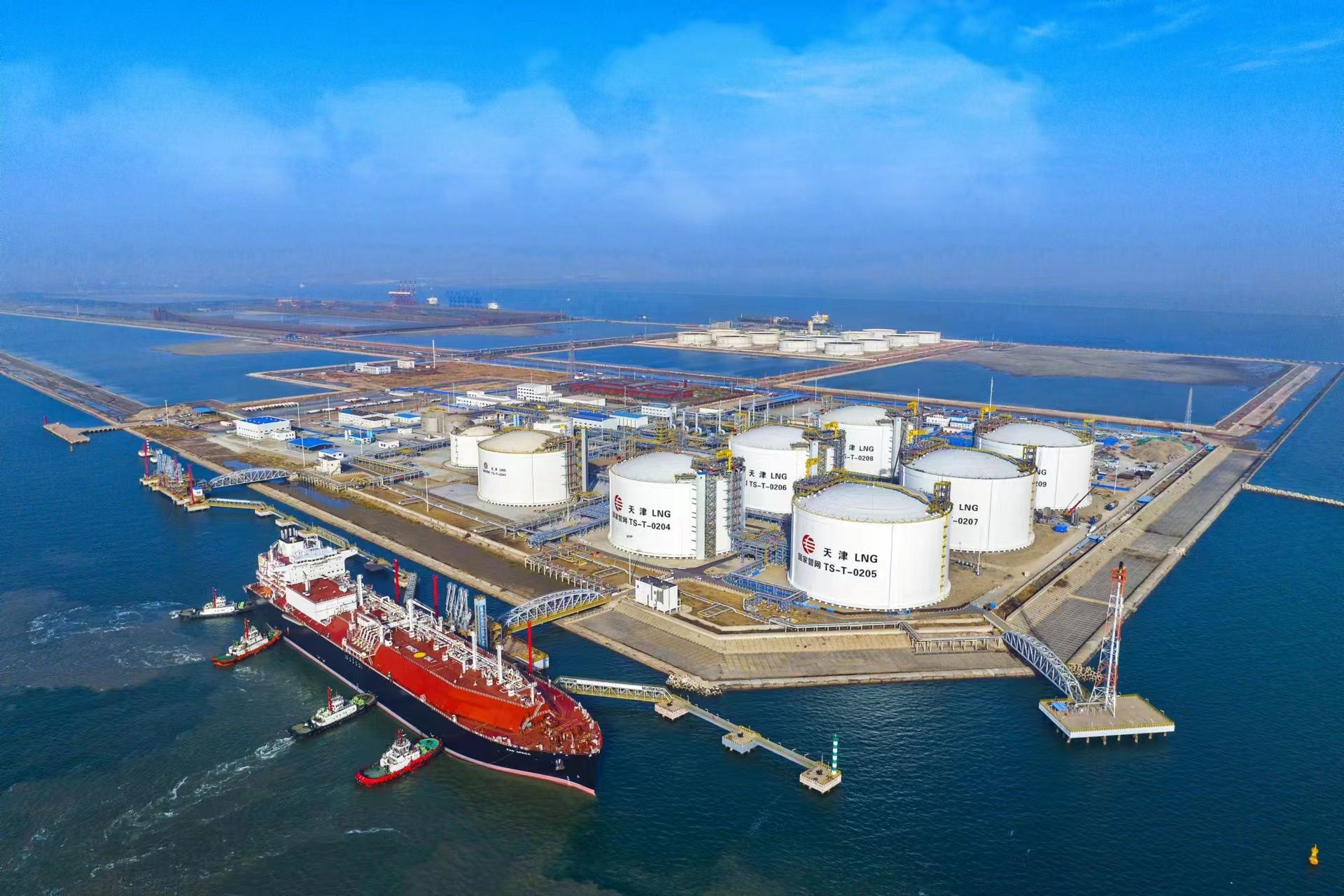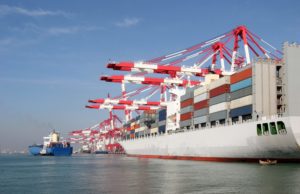Energy major Shell is backing LNG as a marine fuel as it believes it can reduce emissions compared to conventional fuels.
In its Energy Transition Strategy 2024, Shell said about 5% of shipping gross tonnage in operation today is fuelled by LNG, which can reduce emissions by up to 23% compared with conventional fuels.
The shipping sector represents about 6 mb/d of oil demand.
Of the new ships on order, about 25% of gross tonnage is being designed for LNG. A significant number of the ships in operation today already have dual fuel capabilities, giving them the flexibility to run on alternatives.
“We believe demand for LNG in shipping will grow, including for liquefied biomethane. Fuels such as methanol and ammonia could be options for shipping in the long term, but we see challenges with both of them,” says Shell in its energy transition strategy 2024.
Shell expects global demand for LNG will continue to grow at least through the 2030s.
“We believe the world needs a balanced energy transition, one that maintains secure energy supplies, while accelerating the transition to affordable low-carbon solutions,” it says.
According to Shell’s LNG Outlook 2024, global demand for liquefied natural gas (LNG) is estimated to rise by more than 50% by 2040, as industrial coal-to-gas switching gathers pace in China and South Asian and South-east Asian countries use more LNG to support their economic growth.
Global trade in LNG reached 404 million tonnes in 2023, up from 397 million tonnes in 2022, with tight supplies of LNG constraining growth while maintaining prices and price volatility above historic averages.
Demand for natural gas has already peaked in some regions but continues to rise globally, with LNG demand expected to reach around 625-685 million tonnes a year in 2040, according to the latest industry estimates.
Source: Shell



